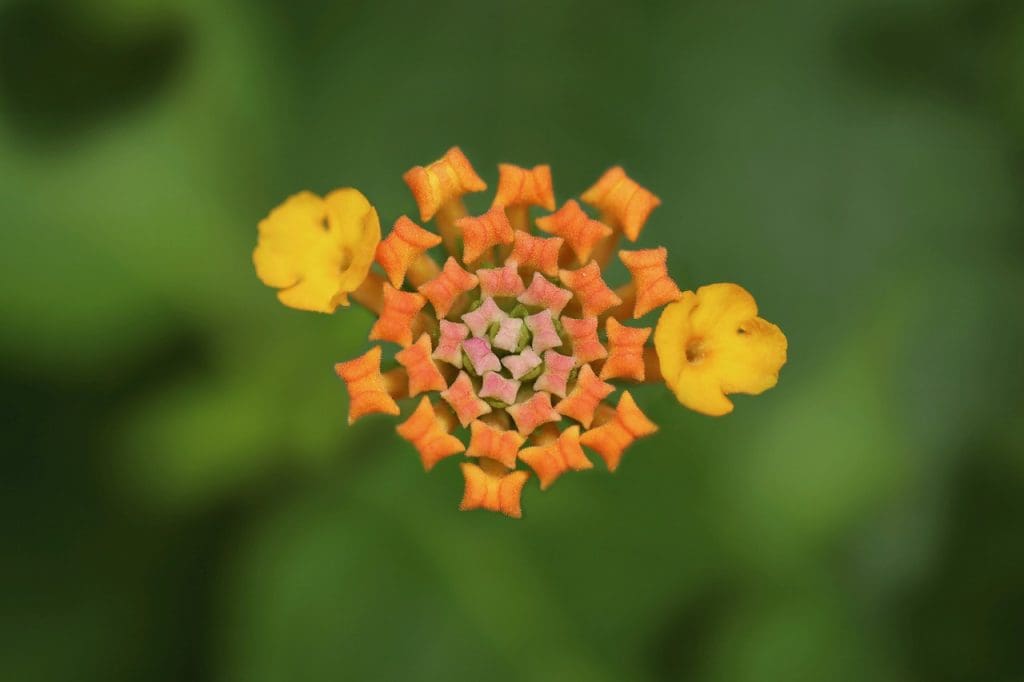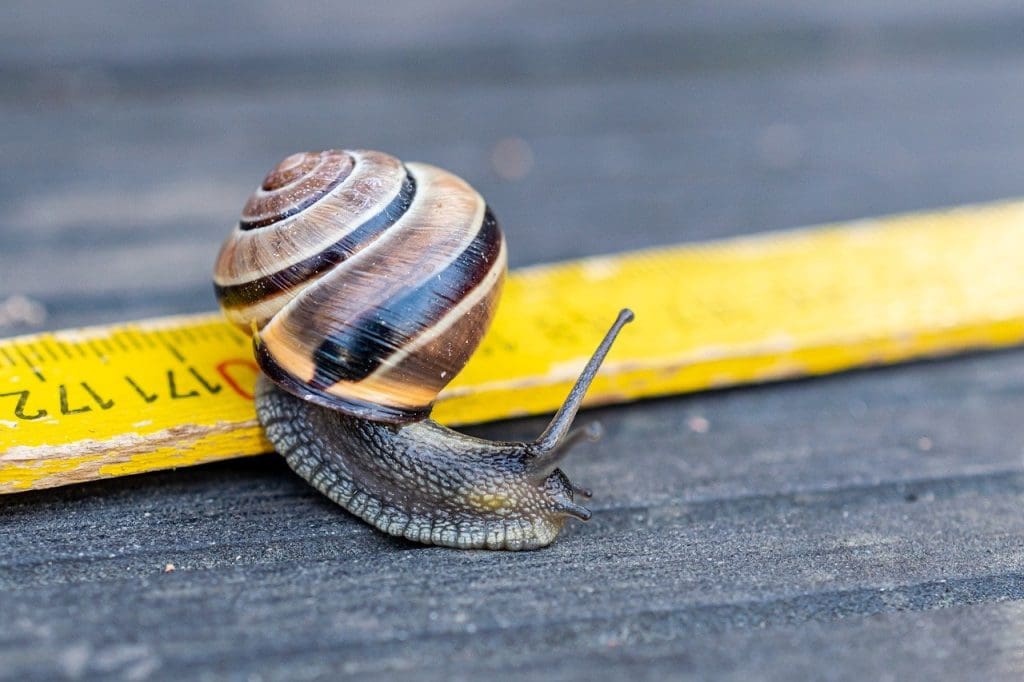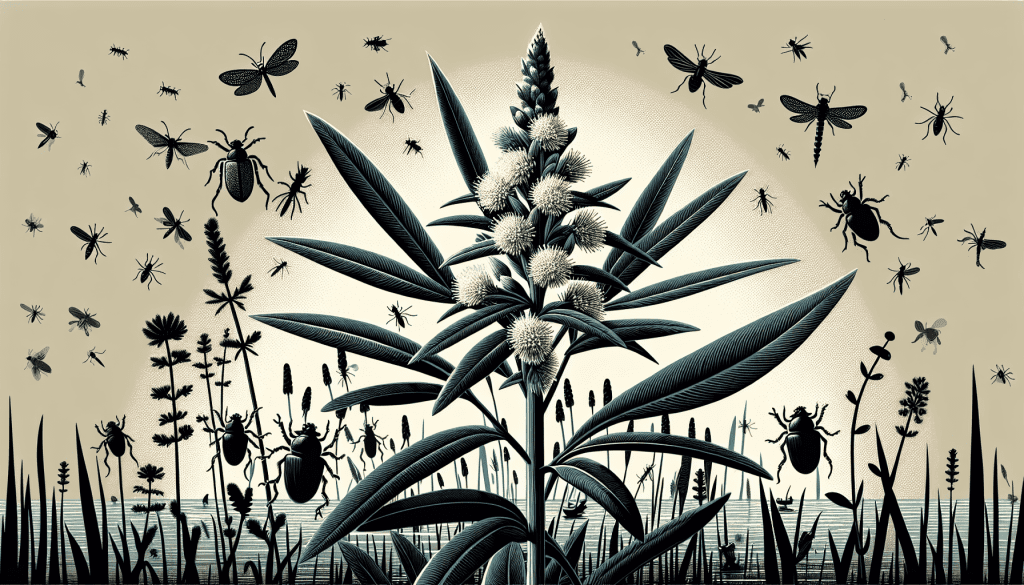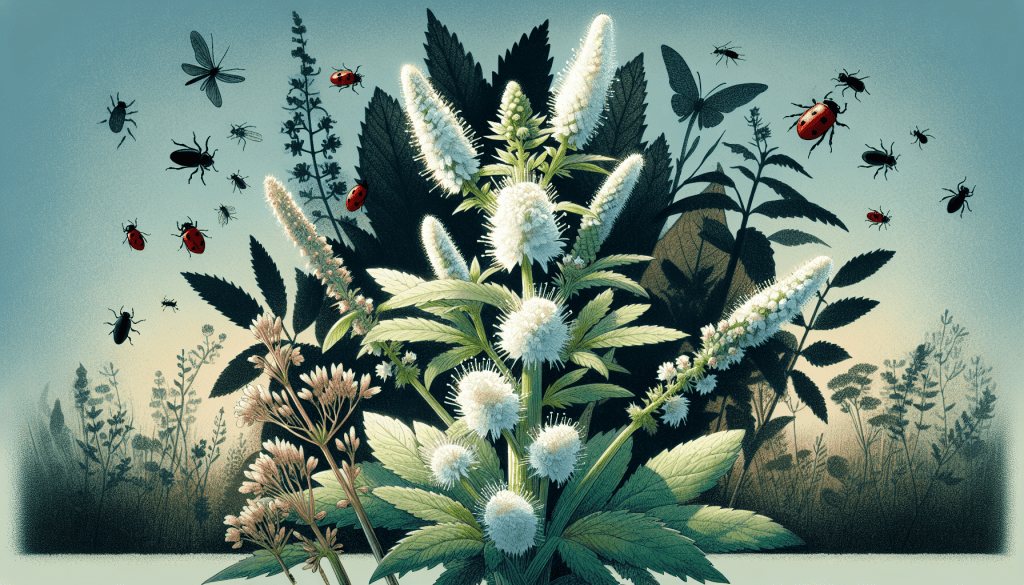You’re about to dive into a guide that’s both informative and easy to follow, designed to help you tackle the pesky problem of alligator weed. In “Integrated Pest Management Techniques for Alligator Weed,” you’ll discover a blend of strategic methods aimed at effectively managing and reducing the spread of this invasive species. From biological controls to cultural practices, this article provides a holistic approach to maintaining a healthy ecosystem while keeping alligator weed at bay. Have you ever found yourself struggling to control the spread of alligator weed in your garden, pond, or agricultural areas? Alligator weed, known scientifically as Alternanthera philoxeroides, is an aggressive, invasive species that can overtake landscapes with alarming speed. But don’t worry! With the right knowledge and tools, you can manage and even eliminate this pesky invader. Let’s dive into the world of Integrated Pest Management (IPM) techniques tailored specifically for alligator weed.

What is Alligator Weed?
Before exploring how to manage alligator weed, it’s essential to understand what it is and why it’s such a problem. Alligator weed is a perennial aquatic weed native to South America. It can grow both in water and on land, making it highly adaptable and challenging to control. The weed has emerged as a significant problem in various parts of the world, including the United States, Australia, and China.
Why is Alligator Weed a Problem?
Alligator weed isn’t just a small nuisance; its uncontrolled growth can lead to severe ecological, economic, and health problems. Here are some reasons why controlling it is crucial:
Ecological Impact
Alligator weed can outcompete native vegetation, reducing biodiversity. It forms dense mats on water bodies, which can disrupt aquatic ecosystems, block sunlight, and decrease oxygen levels, harming fish and other aquatic life.
Economic Cost
In agriculture, alligator weed can invade crop fields, leading to significant yield losses. The costs of managing and trying to eradicate this weed can be substantial, adding to the financial burden on farmers and landowners.
Health Risks
In some cases, alligator weed can create breeding grounds for mosquitoes and other pests, which can pose health risks to nearby human populations.

What is Integrated Pest Management (IPM)?
Integrated Pest Management (IPM) is a comprehensive approach that combines different methods and practices to manage pests in the most effective, sustainable, and environmentally friendly way. Unlike traditional pest control, which often relies heavily on chemical pesticides, IPM emphasizes understanding the pest’s life cycle and habitat to employ a range of control techniques.
Why Use IPM for Alligator Weed?
Alligator weed is tough to control using a single method. Integrated Pest Management offers a holistic approach by combining biological, mechanical, chemical, and cultural practices. This multi-faceted strategy enhances the chances of effectively managing and eventually eradicating this invasive species.

Steps in an IPM Program for Alligator Weed
1. Monitoring and Identification
Monitoring and correctly identifying alligator weed are the first crucial steps in an effective IPM program. Regularly scouting your property helps you spot the weed early before it becomes a significant problem.
- Visual Inspection: Regularly walk around your property to visually inspect areas prone to alligator weed infestation.
- Use of Tools: Utilize tools like GPS and mapping software to log infestation sites for better management and tracking.
2. Evaluation and Planning
Once you’ve identified the presence of alligator weed, the next step is to evaluate the extent of the infestation and plan the most effective course of action.
- Assessing Extent: Measure the area affected and note the density of the infestation.
- Developing a Plan: Considering factors such as location (aquatic vs. terrestrial), size of infestation, and available resources, develop a comprehensive management plan.
3. Implementing Control Methods
Biological Controls
Biological control involves using natural predators, pathogens, or competitors to reduce the population of the pest species. For alligator weed, specific biological agents can be highly effective.
- Alligator Weed Flea Beetle (Agasicles hygrophila): This beetle feeds on the leaves and stems of alligator weed, effectively reducing its growth.
- Alligator Weed Thrips (Amynothrips andersoni): Thrips attack the young shoots and buds of alligator weed, limiting its spread.
Mechanical Controls
Mechanical methods involve physically removing or destroying the weed. These techniques are especially suitable for small-scale infestations.
- Hand-Pulling: This method is labor-intensive but effective for small, manageable infestations. Ensure you remove as much of the root system as possible.
- Mowing and Cutting: Regular mowing can help control the terrestrial growth of alligator weed. In aquatic environments, cutting may be necessary but can be less effective as it might leave fragments behind that can regrow.
- Dredging: In larger water bodies, dredging can remove extensive mats of alligator weed, though this method can be costly.
Chemical Controls
Although chemical controls should be used as a last resort, they can be effective, particularly when combined with other methods.
- Herbicides: Several herbicides are effective against alligator weed, including glyphosate and imazapyr. Always follow label instructions and application guidelines to minimize environmental impact.
Cultural Controls
Cultural methods involve altering the environment to make it less conducive to alligator weed growth.
- Water Level Management: In aquatic systems, adjusting water levels can help control alligator weed.
- Planting Competitive Native Species: Introducing native plants can help outcompete alligator weed, reducing its spread and growth.
4. Evaluation of Control Measures
After implementing various control measures, it’s essential to evaluate their effectiveness. This step can determine if further interventions are required and refine future management plans.
- Follow-Up Monitoring: Regularly check the treated areas to assess the success of the control measures.
- Adjust Practices: Based on your observations, tweak your IPM strategy for better results.
Integrating Multiple Control Methods
The key to successful IPM is integrating various control methods to enhance their collective effectiveness. For example, you could combine biological controls with mechanical removal and targeted herbicide application to get a more comprehensive, long-lasting effect.
Biological + Mechanical
Using biological controls like flea beetles in combination with mechanical methods such as mowing can help manage alligator weed more effectively. The beetles weaken the plants, making mechanical removal easier and more thorough.
Mechanical + Chemical
For larger infestations, combining mechanical removal with targeted herbicide applications can be beneficial. Dredging or cutting down the weed first can make chemical treatments more effective by reducing the overall biomass that needs to be treated.
Biological + Chemical
Using herbicides in a low concentration alongside biological controls can weaken alligator weed without harming the beneficial insects. This combination minimizes the environmental impact while maximizing control.

Best Practices for Long-Term Management
Regular Monitoring
Long-term management of alligator weed involves consistent monitoring to catch re-infestations early. Regularly inspect the previously treated areas, and keep an eye on potential new hotspots.
Community Engagement
Working together with your neighbors and local organizations can be more effective than tackling the problem alone. Engaging the community can help coordinate efforts, share resources, and educate others about best practices.
Adaptive Management
IPM is not a one-size-fits-all approach. Be prepared to adapt and modify your management strategies based on the results and evolving conditions. Flexibility and responsiveness are key components of a successful IPM program.
Challenges in Managing Alligator Weed
While IPM offers a comprehensive approach, several challenges can complicate managing alligator weed:
- Weather and Climate: High rainfall and flooding can provide conditions conducive to alligator weed growth, hampering control efforts.
- Access to Biological Controls: Not all regions may have access to effective biological controls like the alligator weed flea beetle.
- Resistance to Herbicides: Over time, alligator weed may develop resistance to commonly used herbicides, making chemical control less effective.

Overcoming Challenges
To overcome these challenges, a combination of local knowledge and the latest research can help. Collaborate with agricultural extension services, environmental agencies, and research institutions to stay updated on the most effective control methods and strategies.
Climate Adaptations
Adjust your IPM strategies based on local weather and climate conditions. During wet seasons, mechanical and biological controls might need to be scaled up. In drier conditions, other methods may be more effective.
Local Collaboration
Partner with local organizations to access biological controls and other resources that might not be readily available on your own.
Herbicide Rotation
To prevent herbicide resistance, rotate between different types of herbicides and integrate other control methods.
Future Outlook
Researchers are continually studying alligator weed to develop more effective management strategies. Advances in genetic engineering, biological controls, and eco-friendly herbicides hold promise for future IPM programs.
Conclusion
Managing alligator weed can be challenging, but with an Integrated Pest Management approach, you can effectively control and even eliminate this invasive species. By combining biological, mechanical, chemical, and cultural methods, you’re not just tackling the problem from multiple angles but are also working more sustainably and responsibly. Regular monitoring, community engagement, and adaptive strategies will help you stay ahead of this resilient weed. So, roll up your sleeves, gather your tools, and take control of your landscape. You can win the fight against alligator weed!
